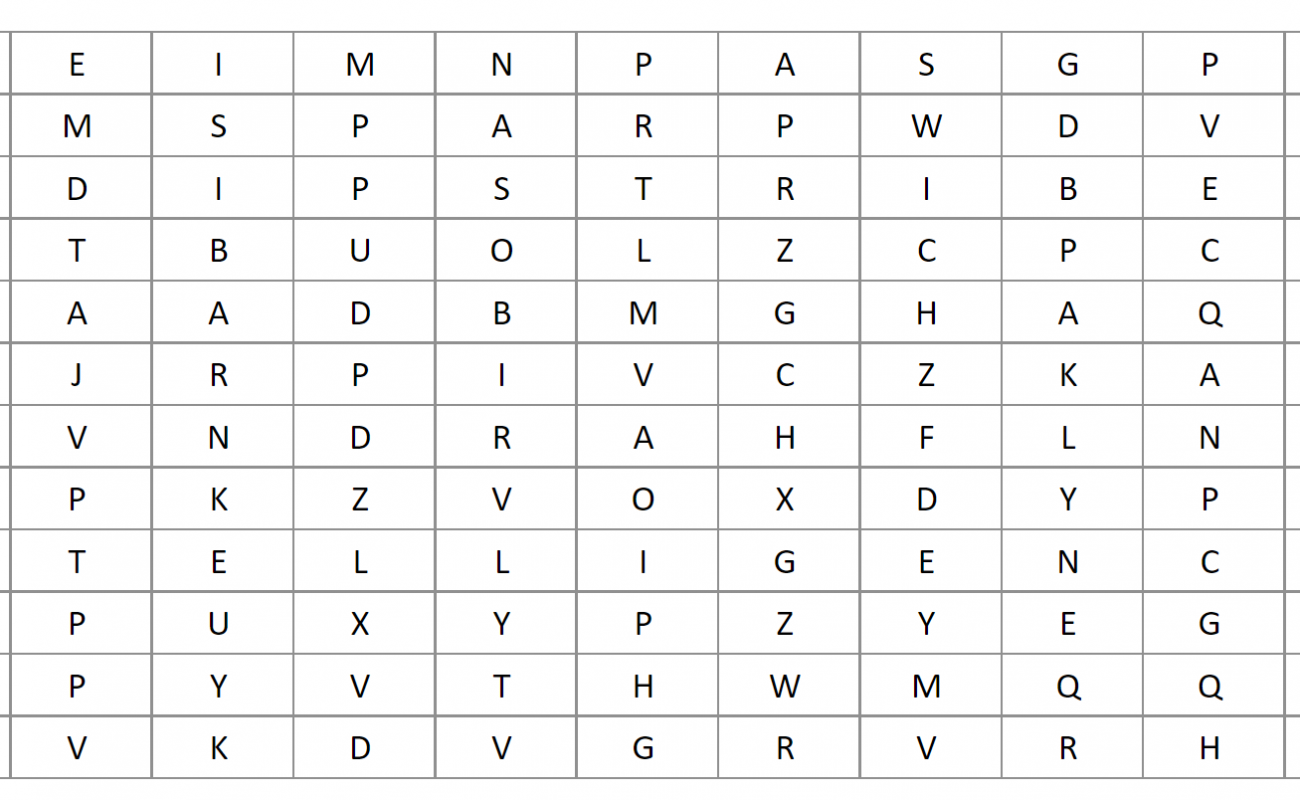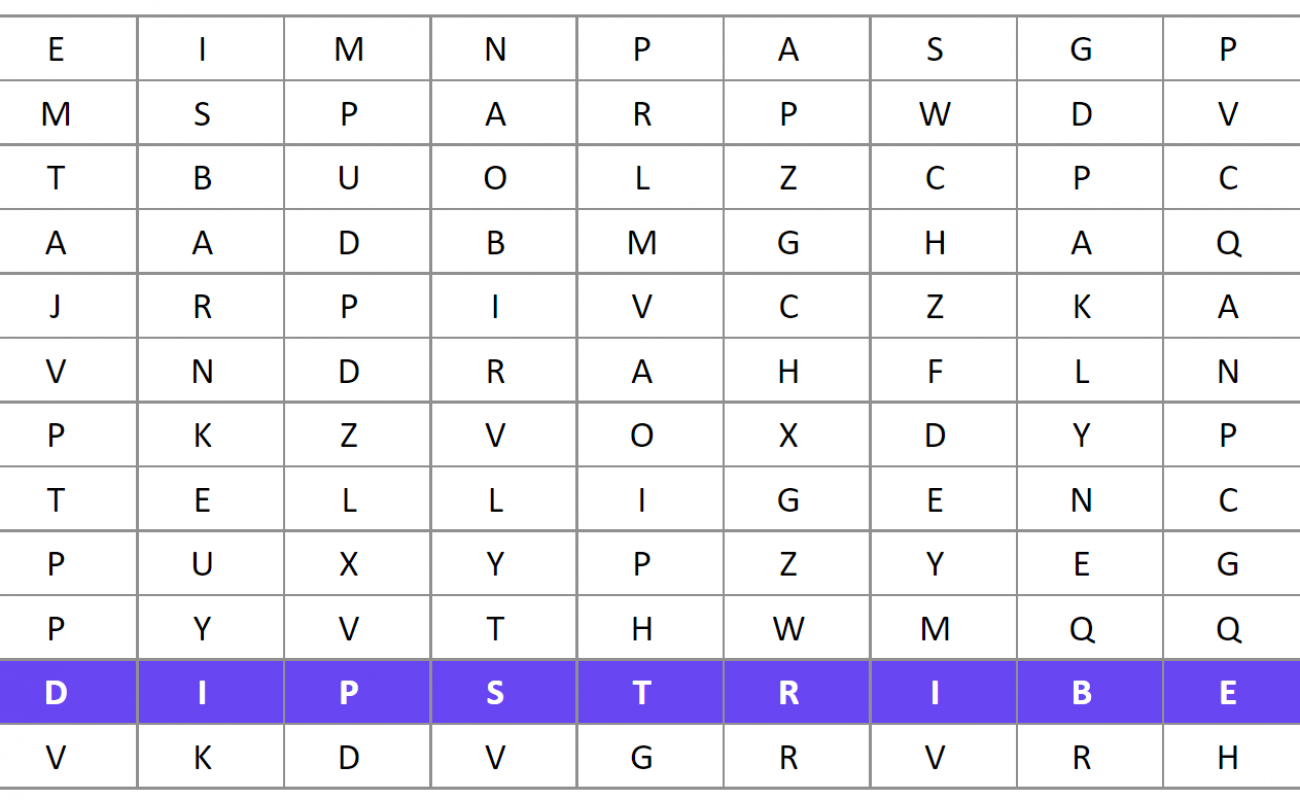
DATA VISUALIZATION MAKES DATA COMES TO LIFE
This is a fantastic statement. You’d think it’s just to be appealing (almost lyrical), but it’s actually based on facts, which is exactly what data visualization is all about!
It’s not just about creating visually appealing charts, but also about properly expressing insights to aid in data-driven decision making.
Data visualization exists at the crossroads of art and science, and this essay will focus on the latter.
“The human brain is not designed to analyze raw data, at least not fast or accurately. And I’m not referring to complicated operations. Even seemingly easy tasks require a significant amount of brain processing capacity.“

I’m sure you found it, which is excellent, but it took some time and effort. You see, your brain was depending on its prefrontal cortex to make sense of this non-visual information.
This is the region of the brain that is in charge of cognitive functioning and problem solving, thus it is slow and conscious.
This implies that no matter how many different ways I show you to solve this word search puzzle, it will always take time and effort. It’s not your fault… It’s science!

This was a brand-new puzzle, and I bet you found it in less than a minute. In fact, you probably noticed the term “DIPSTRIBE” without even thinking about it.
That’s because your brain employed its visual cortex instead in this circumstance. This portion of the brain is in charge of visual perception and comprehension, which means it helps us understand colours, patterns, shapes, and sizes. And, as you’ve just seen, it’s both instantaneous and subconscious.
Even if word search puzzles aren’t in any analyst’s job description, here’s the greatest part:
Data visualization activates both the prefrontal and visual cortices, combining the power of cognition (slow and aware) with perception (instantaneous).
This is the scientific reason why learning data visualization as an analyst is so vital. It enables you to comprehend enormous amounts of complex facts quickly and concisely.
To put it another way, data visualization enables you to bring your data to life.
The “10 second rule” is a quick approach to test this:

Aside from recognizing that the table displays sales figures for four products over a 12-month period, it’s difficult to identify any significant patterns or trends in the data. The same would probably be true if we were given a minute instead of 10 seconds, because we are just using our prefrontal brain.
But what if this data is visualized? Visualizing this data could be beneficial. Patterns and insights can be discovered by experimenting with various presentation options. It’s worth thinking about as a method for communicating complicated information.

This is enormous! We no longer spend the majority of our time attempting to comprehend the data, but rather attempting to apply that understanding to achieve business changes. That is where true value is found.
So, the next time you find yourself stuffing data tables into your reports, remember the value of data visualisation and start charting those figures on an appropriate chart. I’m sure at least one person will appreciate it.
Have fun visualising!



